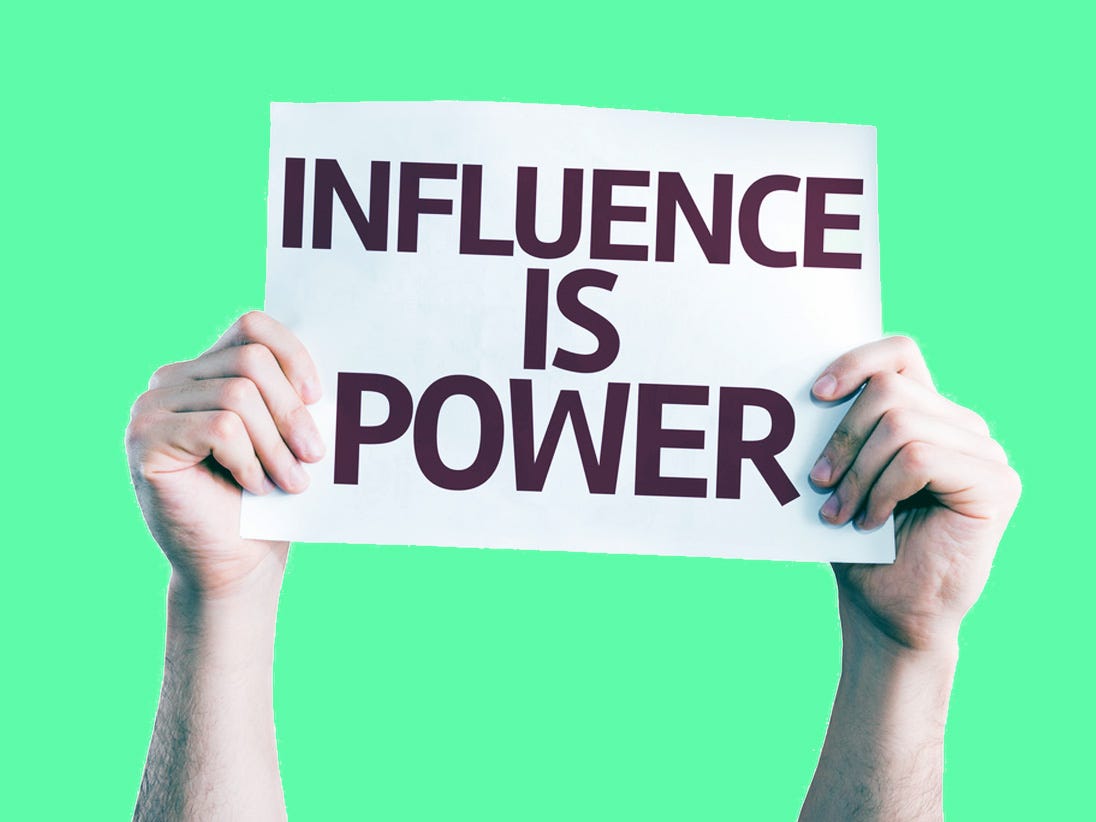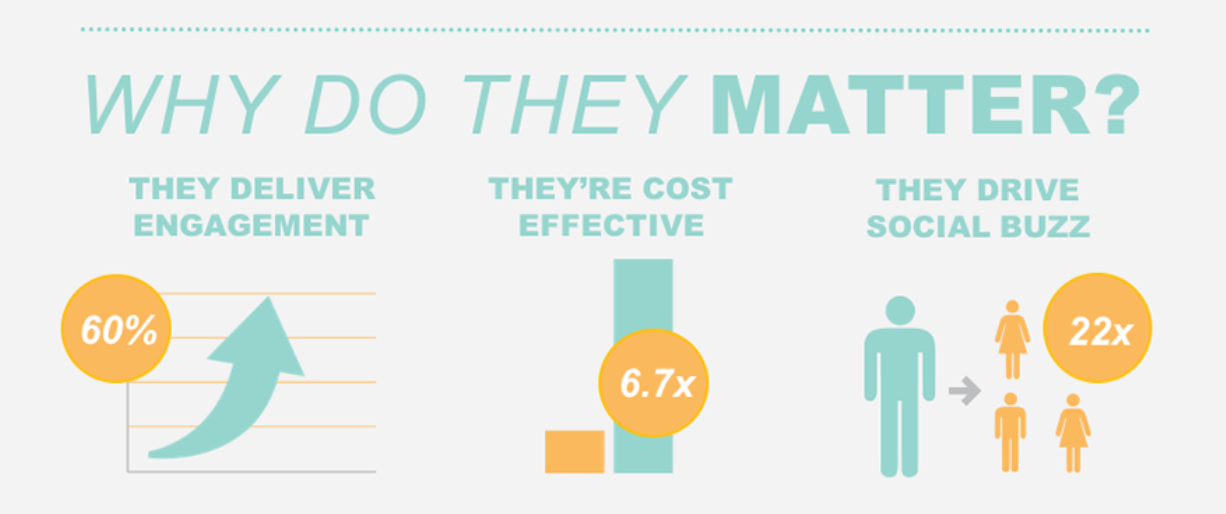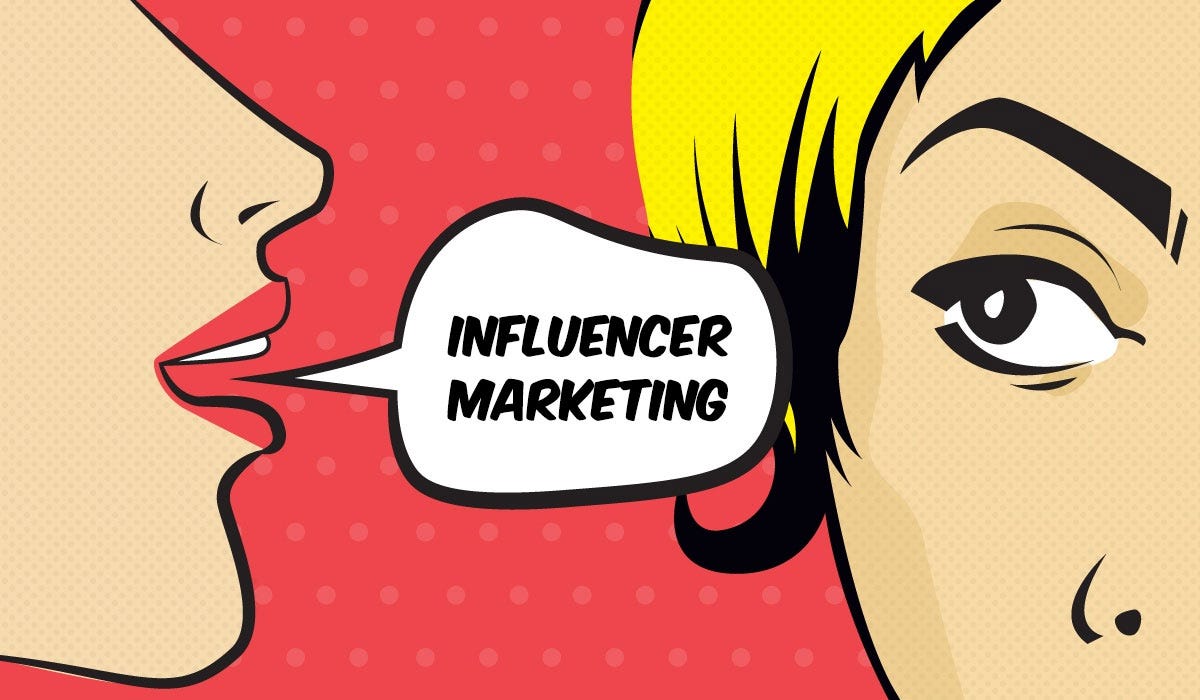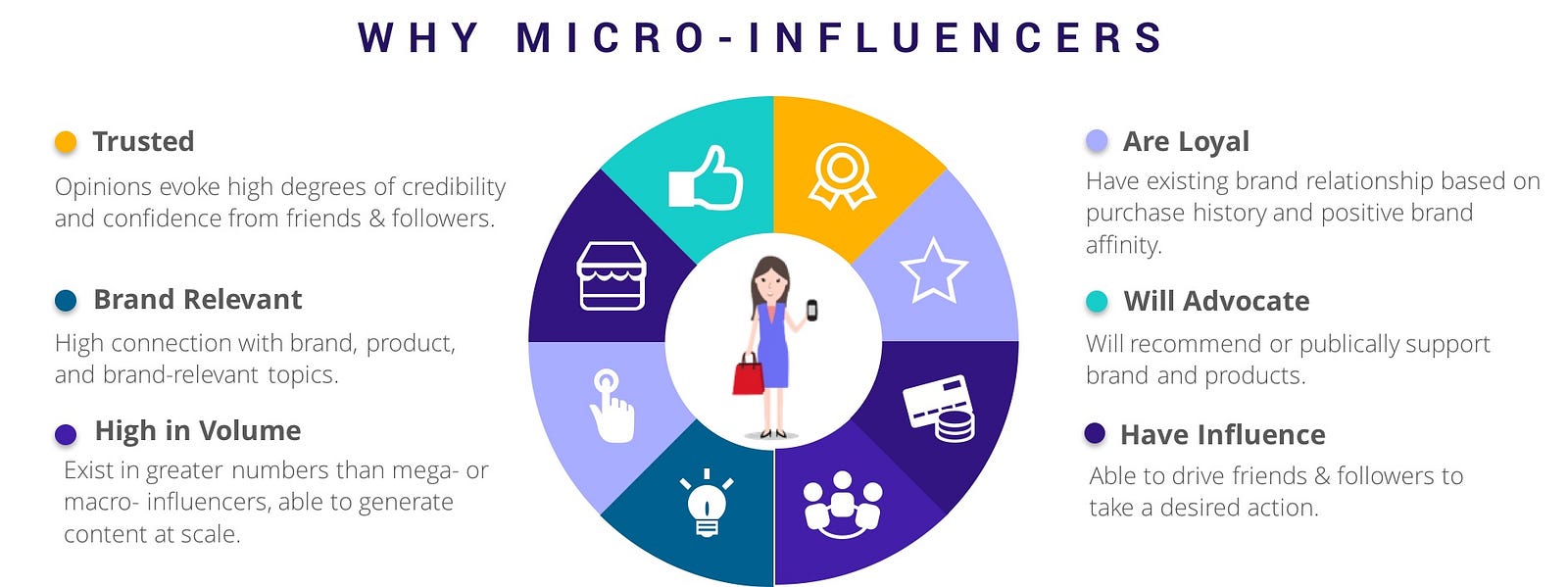ith more than 700 million people scrolling through their feed each month, prices have been hitting serious highs. According to Forbes, an account with over a million followers can earn upwards of $50k for a single sponsored post (depending on its engagement).
Marketers have noticed that once an account is over a certain size, however, fewer people bother to engage questioning the value of a multimillion army of fans. The ratio of likes and comments to followers peaks when an account has around 1,000 followers. Get more than 100,000 followers, and engagement starts to flatten out; users just aren’t as keen to interact with a celebrity as with someone they can relate to more closely.
An emerging trend has entered the ecommerce marketing arena since such social media channels as Instagram, Facebook, Twitter and YouTube became increasingly popular. Micro-influencers, have successfully settled in the world traditionally ruled by the Kardashians and eventually gained more value for marketers.
HelloSociety, which was acquired last year by the New York Times, has found that “micro”-influencers, or accounts with 30,000 or fewer followers, are more beneficial for marketers to work with.
WHY DO MICRO-INFLUENCERS MATTER.
Though micro-influencers have far fewer subscribers than their million-plus peers, engaging them in the promotion of online stores can be more profitable. It turns out that trust and close relationship with the audience is critical for purchasing decisions. So, what exactly makes ecommerce companies choose micro-influencers?
Three simple statistics:
- 60% higher engagement
- Underpriced (6.7X more cost-efficient per engagement)
- 22.2% more weekly conversations than the average consumer.
60percent higher campaign engagement rates are driven by micro-influencers; those campaigns are 6.7 times more efficient per engagement than influencers with larger followings, which makes them more cost effective; and micro-influencers drive 22.2 times more weekly conversations than the average consumer.
Because they are personally invested in their crafts, micro influencers are trusted sources of recommendations for followers.
Just because an influencer has hundreds of thousands, or millions, of followers doesn’t mean that the specific campaign will be more effective than if a marketer or brand works with an influencer with fewer followers.
‘The Game’ isn’t just getting eyeballs; but getting eyeballs that care!
USING MICRO-INFLUENCERS TO SUCCESSFULLY PROMTE YOUR BUSINESS
- Turn micro-influential fans into advocates.
The best types of influencers are those who are already fans of your brand. When they promote products or services from your brand, it’s more trustworthy because their followers know that the influencer already loves your products. The best part is that you won’t have to put in too much effort to convince them to become your brand advocates.
2. Have micro-influencers tell a story.
If you really want to promote your brand through micro-influencers, a simple photo featuring your product in the background isn’t going to cut it. You can’t bet on people enjoying the post, noticing your product and researching your brand just from product placement photos. For the content to really reach and resonate with your target audience, the influencer needs to tell a story around the brand or product.
3. Run an ongoing campaign.
A one-off campaign may be sufficient to promote an upcoming product launch or to drive more sales. But when the goal is to promote your brand, you’re going to need micro-influencers for a long-term campaign. This is crucial because an ongoing campaign will ensure that your target audience consumes as much content about your brand as possible.
CHALLENGES OF MICRO-INFLUENCER MARKETING, AND HOW TO SOLVE THEM.
As each and every promotional technique, a micro-influencer marketing campaign can fail. Lured by benefits, marketers can forget to pay due attention to possible pitfalls.
First of all, (relevant) micro-influencers are harder to find. With more and more people creating and expanding their audience in social media, finding the right influencer for an ecommerce company becomes paramount. Looking through multiple accounts with a required audience size demands an enormous amount of time. Here are several ways to facilitate the search:
- Start with followers of your business account. Choosing micro-influencers who know the online company and are used to purchasing with it is the best tactic. Bloggers will be more inspired to build a partnership while marketers will save much effort to convey a business idea. Billy Sixes, an Australian online apparel and sunglasses retailer, went this way to launch a micro-influencer campaign. Having studied its followers on Instagram, the new start-up compony identified those with the required following and engage them for shoots and showcases of products through their personal accounts.
- Use hashtags. People use hashtags to facilitate the search. Why don’t marketers take advantage of this feature and find influential candiadates with relevant content? To make hashtag research more effective, one should narrow search parameters. For example, #vegetarianfood instead of more general #food will boil the list down to the most appropriate candidates for a vegetarian e-shop.
- Search for local influencers. If an ecommerce company serves a particular area (for example, a food delivery service), it will win by promoting via local bloggers or local hashtags eg. #downtownLA
- Automate the search. Doing manual research can be time-consuming. Such tools as BuzzSumo, Klear and Ninja Outreach facilitate the first stage and leave marketers with a ready-made list of possible micro-influencers.
Micro-influencers are harder to work with.
A single mention in social media might not be enough for an efficient marketing campaign. Aiming to increase the exposure, businesses need to engage multiple micro-influencers. This calls for more working hours devoted to the search of relevant advocates, personal communication with them and evaluation of results. For instance, working with ten micro-influencers is ten times more time- and effort-consuming than working with one macro-influencer.
There’s a lot of benefit in building long-term, genuine relationships with these ‘advocates’ who are relevant to your brand. Though micro-influencers are better to be given freedom in creating advertising posts, developed guidelines on brand and campaign goals can let marketers quickly deliver the promotional idea and find a common language with bloggers.




